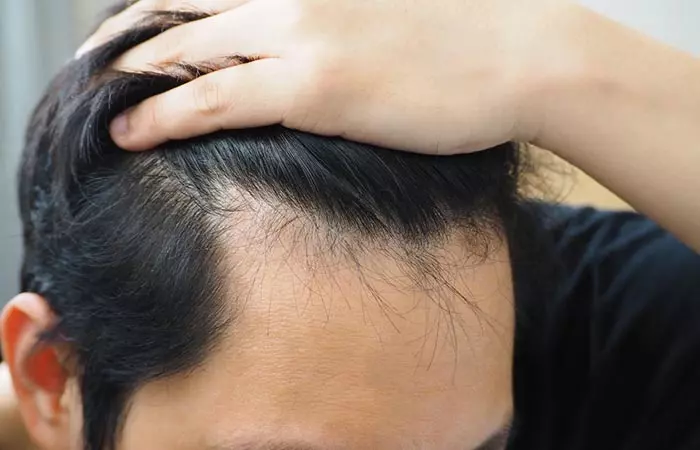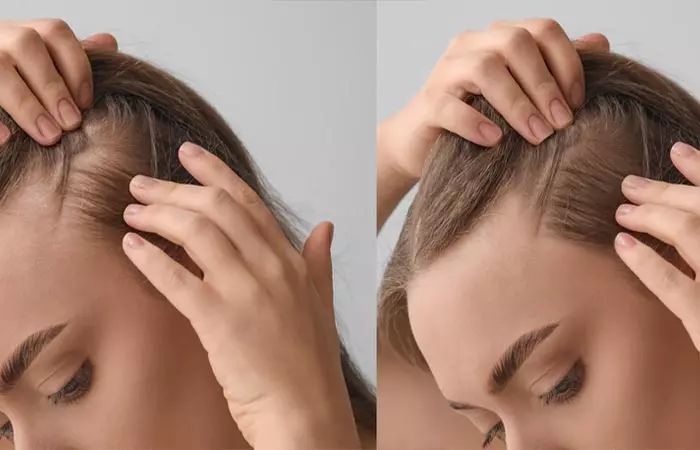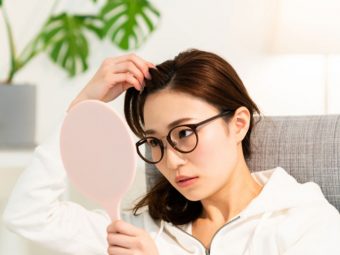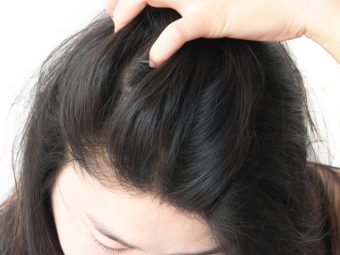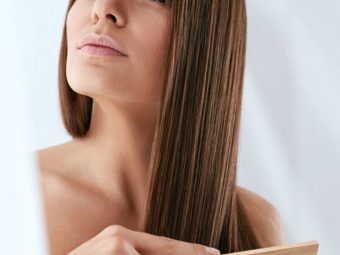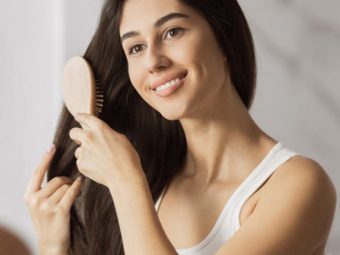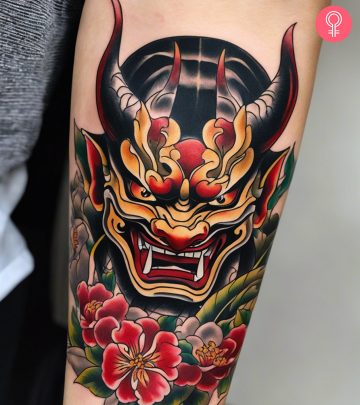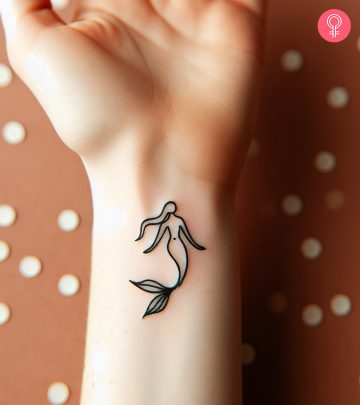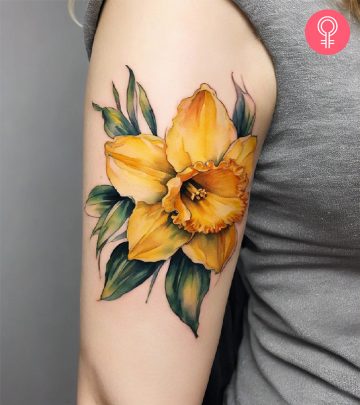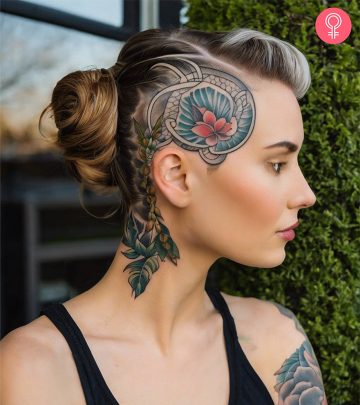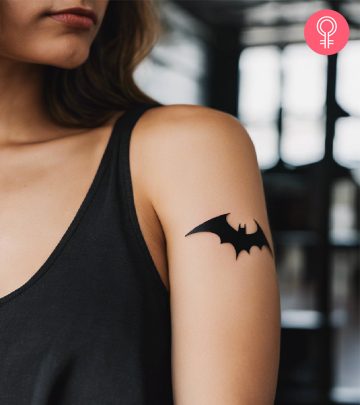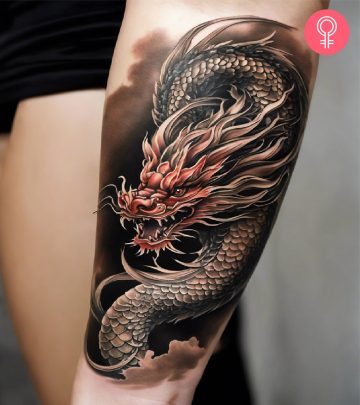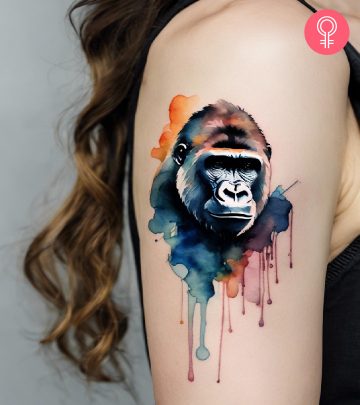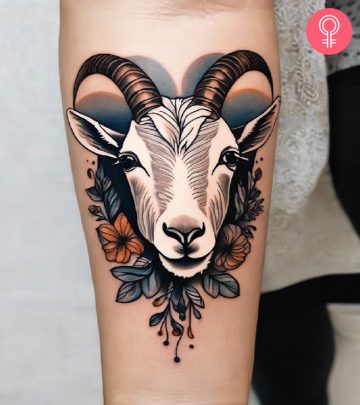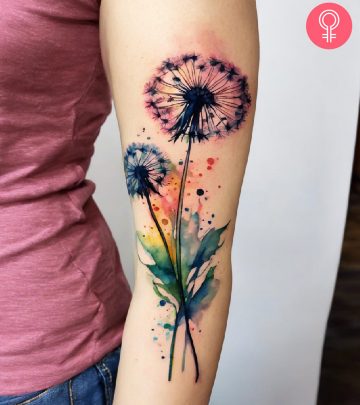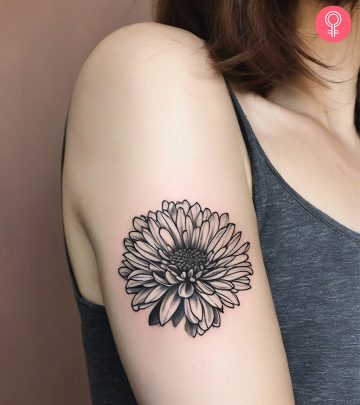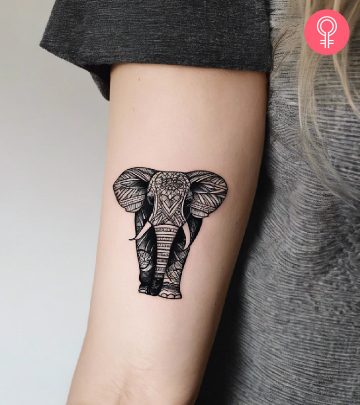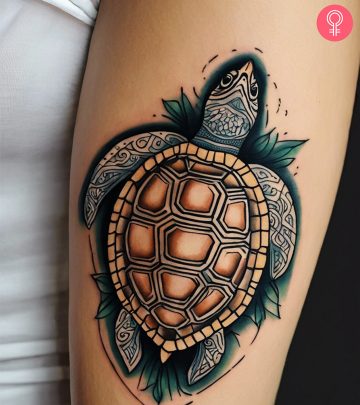How To Determine The Growth Of New And Healthy Hair

Image: Shutterstock
Every hair on your body finishes a complete growth cycle, after which it falls off independently. This might worry you considering the amount of hair you find on your comb, pillow, towel, or in the clogged drain. But thankfully, if new hair takes its place, your hair will never feel thin or damaged. So now the question is, how to know if your hair growth is healthy? Most of us think that the length of your hair determines the hair growth, but the hair that will grow from a new hair follicle will be much shorter, and for the longest time, you may not even notice it. Here in this article are some signs to determine that your hair growth cycle is healthy. Read on to know them all.
In This Article
Signs That New Hair Is Growing
New growth can be identified by the tapered ends. The terminal end of a new hair is sharp and pointed. Hair that isn’t freshly cut will have a sharp point at the end, indicating that the hair on top was not severed in any way. Looking at the ends, you can tell if the hair is old or fresh.
How To Differentiate Between New Hair Growth And Hair Breakage
New growth may look wispy and tiny, like “baby hairs” that frame your face. Due to their short length and wispy texture, these strands will distinguish you from the rest of your hair. Women who have just given birth often have baby hairs because hormones temporarily reduce the hair development cycle. However, it’s not always apparent whether these snippets of hair are due to breaking or are part of a healthy new growth cycle. Usually, breaking occurs when the ends are separated or become blunt. Baby hairs are easily damaged by frequent use of heat styling tools or by being pulled back into a tight ponytail or bun. Stress can also cause hair brittleness.
How Long Does It Take For The New Hair To Start Growing?
Human hair grows roughly 0.3 mm a day (1). If you’re attempting to let it all grow out, you may expect roughly six inches (15 cm) of growth yearly. The results may seem negligible at first, but after some time, you will notice a change in how your hair looks. Over two to six years, the entire growth cycle is completed. This may seem like an extremely long period, but please be patient. The majority of your hair, almost 90%, is always in some stage of the hair development cycle.
The Growth Cycle
Your hair is actively growing and forming new shafts during the anagen period. For the next several years, the cycle will be in this phase. Remember that various sections of his hair are at varying stages of the cycle. After the anagen and the resting state, there is a transitional stage called catagen. This is a very brief phase during which just 1% of your scalp hair is present, so it might be easy to miss. The telogen phase is the resting phase of hair growth. Hair loss is frequent during this period, which lasts for three to four weeks.
Why Do People Start Losing Their Hair?
Hair loss can be brought on by hormone fluctuations or medical problems. Hair thinning and hair loss can occur for a variety of physiological causes. Some, like those associated with childbirth and menopause, are transient. Alopecia areata is an immunological ailment that produces patchy hair loss and maybe more long-lasting than other causes. Hair loss can be a side effect of several cancer therapies, including chemotherapy and radiation. If you need help coping with the emotional and mental strain, this causes, talk to your doctor. Hair loss might be a side effect of several pharmaceuticals and dietary supplements. Before starting any new medication, read up on the potential adverse effects.
Hair loss can also run in one’s family. The vast majority of baldness cases can be attributed to a genetic predisposition known as hereditary pattern baldness. This condition’s onset is influenced by hereditary factors and hormonal changes that occur naturally with age. Male-pattern baldness affects males in their twenties and thirties, while in women, it commonly manifests following menopause (2).
If your new hair begins to fill in and the new locks have a pointed end, your hair treatments will likely have the desired effect. If you still need clarification, it’s best to double-check with your doctor. What is the best way to boost hair growth according to you? Let us know in the comments section!



